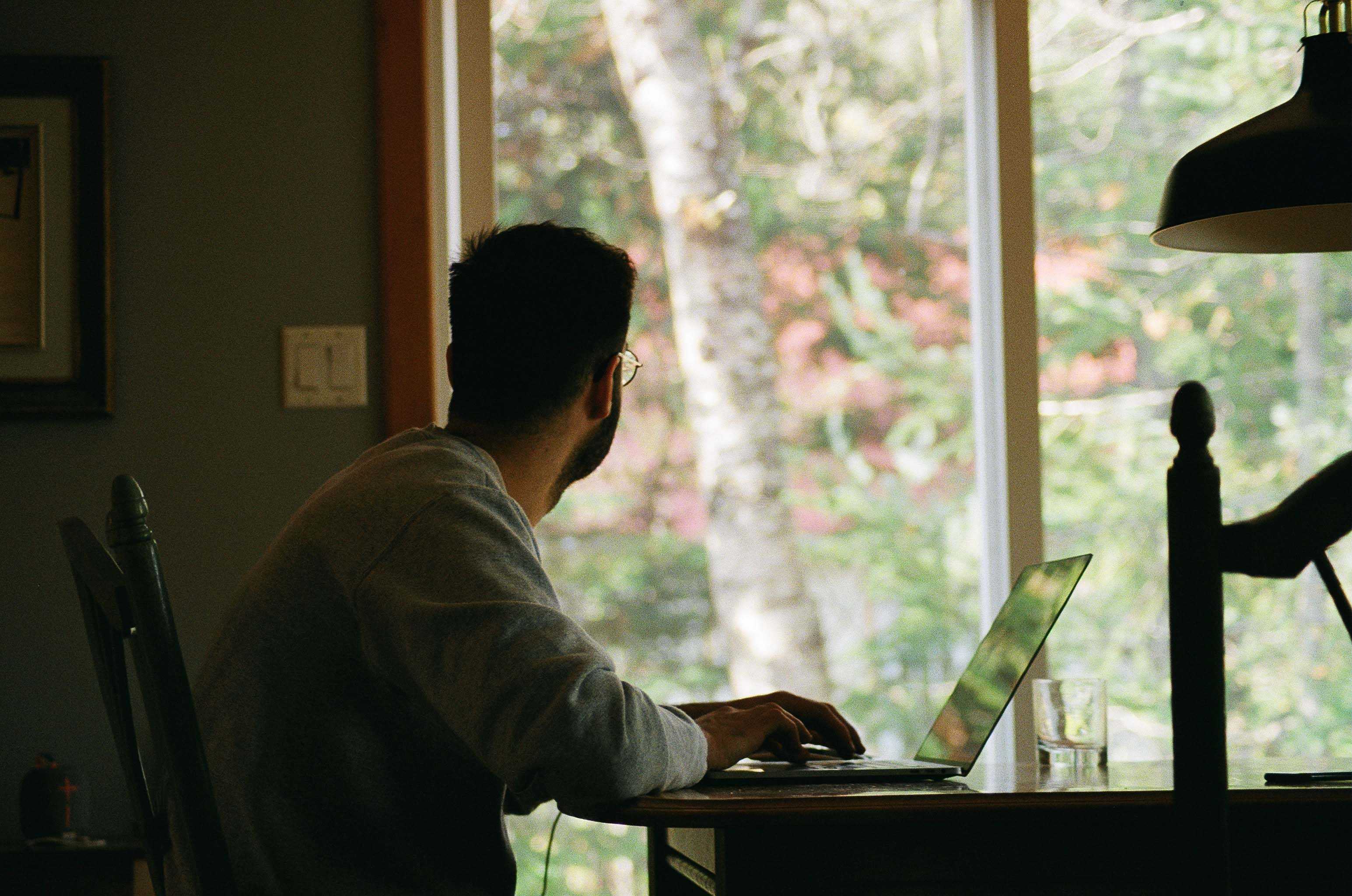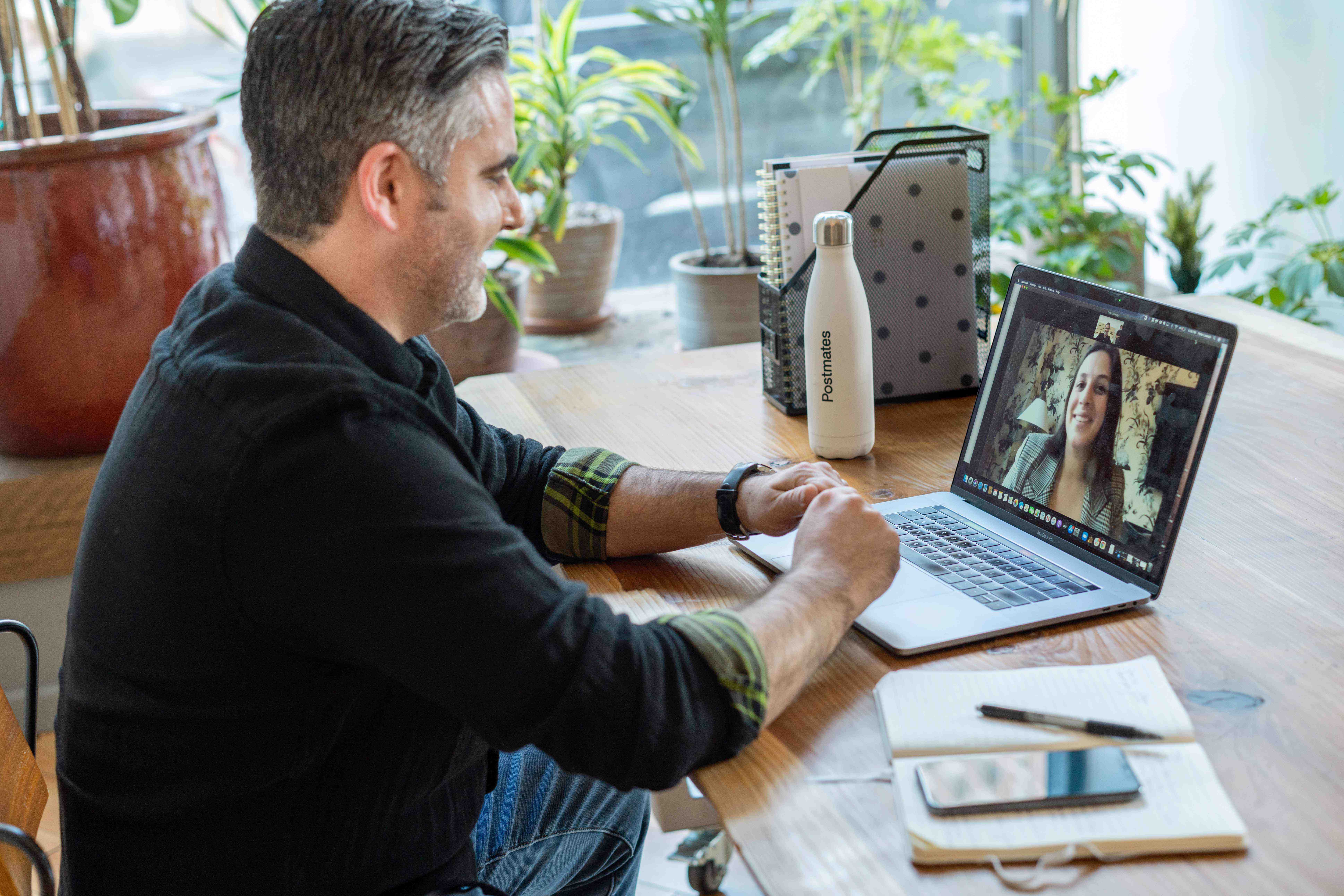What is Zoom Doing to Us?

For most of us, Zoom has become as natural as breathing. In one swoop, it has supplanted the conference room, intranet, fax machine, email, and staff kitchen as the primary driver of productivity in the modern era. In 2021, Zoom has 467,100 business customers, with 88 customers that contribute more than $1 million each in fees. The number of annual meeting minutes on Zoom is now over 3.3 trillion with 45 billion minutes of webinars hosted every year. For all the ways that Zoom saved the worldwide economy or was a palliative during the global pandemic at a time when many people lost their social networks, it has not come without a price. The chief complaint is burnout, i.e. the effects of staring at a screen all day. So, what does that actually mean?
The Science of Zooming
In order to get a better understanding of what Zoom is doing to us, we consulted a number of think pieces, beginning with an article by Dr Jena Lee, Assistant Professor at the David Geffen School of Medicine at UCLA. Synthesizing input from experts in acoustics, business, and the social sciences, she elucidates some of the cognitive and behavioral changes engendered by Zoom. It turns out a host of factors about Zoom drain us. For starters, the delays in sound and picture which leave us stumbling, pausing, and apologizing also negatively affect our perceptions and create irritability when we should be enjoying the interaction. A bigger factor, according to Dr. Lee is the “rewards-costs tradeoff”. “Basically, at every level of behavior, a tradeoff is made between the likely rewards versus costs of engaging in a certain activity” she says. If we feel rewarded, it activates the dopaminergic pathways which “increases subjective alertness, energy, and motivation—the opposite of fatigue.” The big takeaway is that we get much richer rewards meeting face-to-face than we do videoconferencing. We like and feel rewarded by eye contact, body language, and smiles. “More active social connection is associated with more perceived reward, which in turn affects the very neurological pathways modulating alertness versus fatigue.” Beyond rewards, much of the way we communicate takes place through behavior not words. As humans, it is the basis of how we bond. As a result, Lee says. “compensatory cognitive and emotional effort is required”, meaning we are drained by all the extra work we have to do on Zoom.
According to Professor Jeremy Bailenson, founding director of the Stanford Virtual Human Interaction Lab, excessive amounts of close-up eye contact and large image sizes can also be highly draining, leading to the kind of hyper-arousal we experience when we are on stage. “Social anxiety of public speaking is one of the biggest phobias that exists in our population,” Bailenson said. “When you’re standing up there and everybody’s staring at you, that’s a stressful experience.” In addition, there’s all the things competing for people’s attention like multitasking, the home environment, and even our own mirror image on the screen. Simply put, videoconferences can be associated with low reward and high cost.” Andrew Franklin, an assistant professor of cyber-psychology at Virginia’s Norfolk State University puts it this way: “We’re engaged in numerous activities, but never fully devoting ourselves to focus on anything in particular. Psychologists call this continuous partial attention. For some people, the prolonged split in attention creates a perplexing sense of being drained while having accomplished nothing.“

The Mirror Effect
Another aspect of Zoom that may be depleting is simply seeing ourselves reflected back across so many hours every day (something that can alleviated by using the the little know “hide self-view” button on Zoom). “When we see ourselves on video screens, face on, it tends to make us more self conscious about how we look to ourselves and others,” says Vivian Diller, PhD, a clinical psychologist in New York City. This is acutely felt at a time when people aren’t dressing in their professional attire and are often dialing in from living rooms overrun with kid’s toys or home offices without filing systems. It’s even led to issues of body dysmorphia among people noticing every flaw in the unflattering, dimly lit images. Ben Holber, co-founder of tele-dermatology platform Apostrophe notes that the site has seen a 60 to 70 percent increase in new patients, and attributes at least some of it to the fact that people are spending more time analyzing their own skin on video calls.
What About Your Brand and Zoom?
So, consider that every Zoom call, like every interaction, is an expression of your brand whether personal or professional. Like Emily Post, Zoom now has its own etiquette guide which is helpful but mostly technical (look at the camera, go on mute when you’re not speaking, etc.) Without adding to our stress, what are some simple things you can do to increase the rewards of virtual interaction, lower burnout, and not obsess about the wrong things?
Some overall Zoom strategies:
- Embed you values into your Zoom persona
The global pandemic and the absence of live interaction means you can wear your heart on your sleeve a little more. Brands today are expected to be purpose driven—doing well by doing good. Social goals are becoming table stakes for organizations that are looking to engage with consumers on a more meaningful level. So, don’t be afraid to use wards like “care” and “worry about”, and "help”. In the world of Zoom, affective terms can go a long way to making up for the lack of observable behavior and social cues.
- Make time for empathy instead being all-business
While it may seem anathema to running a productive meeting, a brief inquiry about the other person (or people if it’s a smaller group) is more important than ever. We are all contending with historic challenges and empathizing with each other has never been easier or more necessary. The particular features of Zoom, with its sallow lighting and fuzzy optics, make leaping straight into a meeting seem cold and alienating. A quick question about your interlocutor’s community or household (if it’s appropriate) is not only warm but creates instant connection.
- Stress the advantages of video conferencing
For all its flaws, Zoom makes a great many things possible and it’s important to stress those to clients and colleagues as a gesture of a positive outlook. For our company, Zoom has meant the ability to mobilize cross-functional teams and workrooms across the company to solve immediate issues, the ability to tap top talent from across the globe, and the ability to analyze and collaborate on the same document in real time. When the pandemic lifts, it’s likely that Zoom will continue to be a part of our work lives so let’s embrace its best aspects. There’s even evidence that Zoom has been a boon for people on the autism spectrum who have difficulty with in-person exchanges and become overwhelmed by multiple people talking. Research by the University of Québec Outaouais’s Claude Normand studies how people with developmental and intellectual disabilities socialize online. “People with autism tend to have difficulty understanding when it’s their turn to speak in live conversations,” she notes. That’s why the frequent lag between speakers on video calls may actually help some autistic people. “When you're Zooming online, it's clear whose turn it is to talk,” Normand says.

Then there’s a couple of practical tips:
- Wait your turn
Upon arrival, start with your camera off as a gesture of respect for people who may be having a conversation or may be engaged with other work. Wait for the appointed time of the meeting or, if a discussion is underway, search for a break in the conversation before your turn your camera on and greet the other people. It’s a way of mimicking the arrival sequence of a live meeting where you transition from the outside to the inside, and works to soften the contours of the Zoom experience.
- Go natural
Zoom transmits our image via 600kbps of data for high quality video but, no matter how high the quality, it’s aesthetics will always be poor without the tools of real photography and videography like three-point lighting, LED soft boxes and filters. But, there are things we can do to lessen its effects—sit in natural or warm artificial light like tungsten or daylight. Lightbulb color temperature is measured in Kelvin on a scale that ranges from 2700K (warm yellow), 3000K (warm white halogen), and 3500K (household fluorescent). Avoid the high Kelvin white lights that drain the color from skin tones. Also, choose rooms that are neutral and soothing; and give us a sense of your lived experience with a well-placed plant or maybe a piece of art (as opposed to blank walls or overly busy spaces). Lastly, you may opt for a branded Zoom background. We’ve created scores of Zoom wallpapers for clients and if you do go the branded route, be sure the proportions are correct since you are, after all, composing an image for the viewer—avoid logos that are too large, maintain plenty of negative space around the speaker so they aren’t crowded in, and avoid being too promotional (excessively sales-y copy is a no no in an era when being authentic is important).
